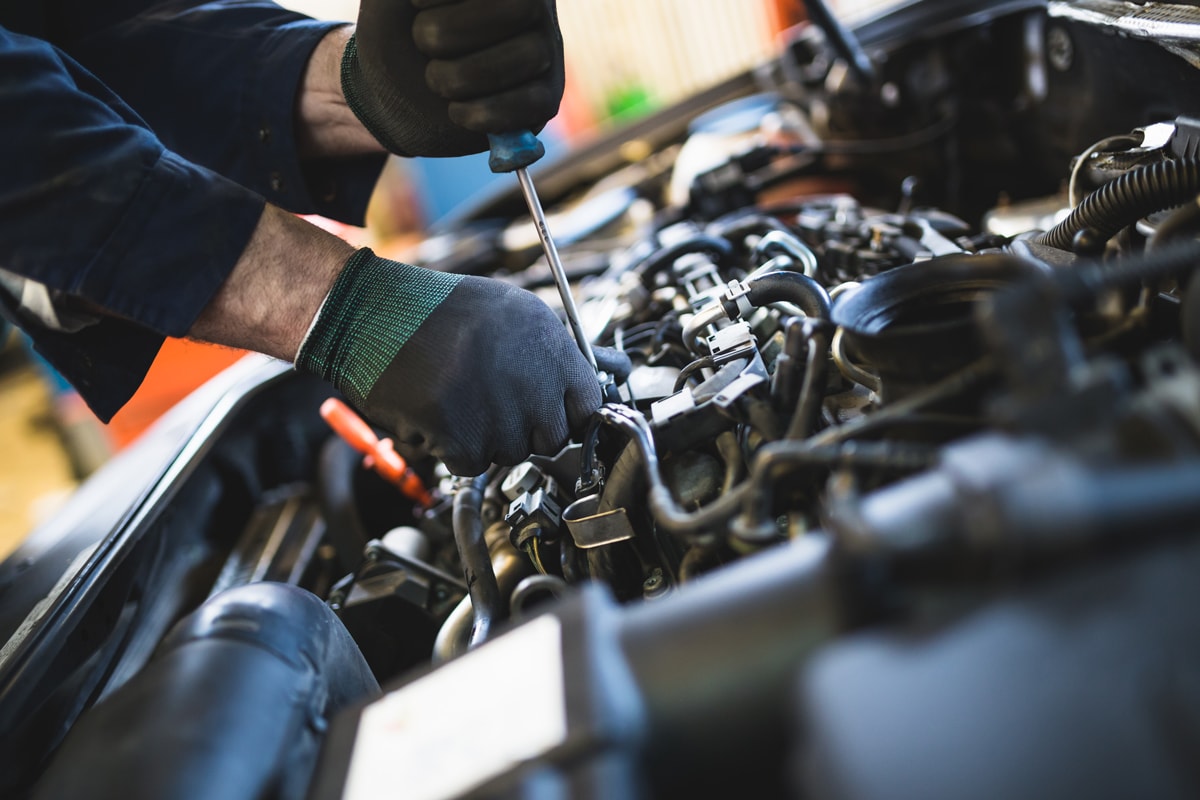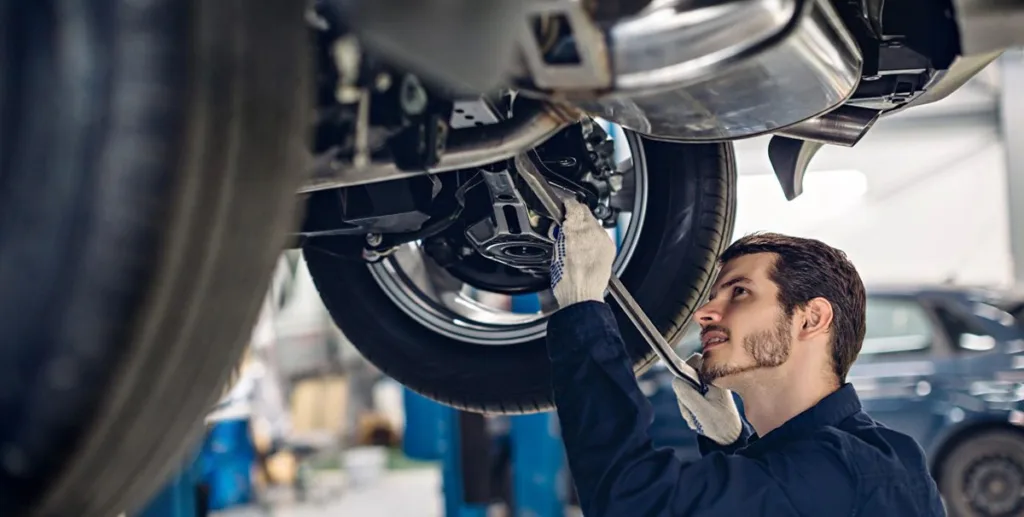All Categories
Featured

When it involves automobile repair services or upgrades, among one of the most essential choices you'll deal with is whether to choose Original Equipment Supplier (OEM) parts or aftermarket components. Both options supply unique benefits and disadvantages, so recognizing the distinctions between them is essential for making an informed decision. In this write-up, we'll discover the benefits and limitations of OEM and aftermarket components to aid you choose which is ideal suited for your automobile.
What Are OEM Parts? OEM components are produced by the same producer that made the initial elements in your car. These components are created to meet the precise requirements of your cars and truck, ensuring they are a specific fit and offer the exact same efficiency as the parts that included the automobile when it was first constructed. OEM parts are frequently thought about the "manufacturing facility requirement" since they come directly from the car's supplier or a qualified distributor.
Among the major advantages of utilizing OEM components is their assured high quality. Given that these components are made to the same standards as the originals, they generally provide an excellent fit and reliable performance. Furthermore, several OEM parts feature a guarantee, providing you peace of mind that you'll be secured in instance of issues.
What Are Aftermarket Parts? Aftermarket components are made by third-party manufacturers that are not affiliated with your automobile's original producer. These parts are developed to fit a variety of automobiles and are usually more economical than OEM components. Aftermarket parts can be used for routine repairs or upgrades, and they often offer a broader range of options compared to OEM parts.

In addition, aftermarket parts may provide far better efficiency or additional features not available in OEM choices. Aftermarket exhaust systems, brake pads, and suspension elements usually supply enhancements in performance or visual appeals that might not be discovered in OEM parts.
Benefits of OEM Components. Accuracy and Compatibility: OEM parts are created especially for your car's make and model, ensuring they fit completely and do to the specific specifications called for. Warranty Insurance Coverage: Many OEM parts come with guarantees, supplying coverage in instance of defects or early failure. Quality control: Because OEM components are made by the initial supplier, they go through the exact same strenuous high quality control requirements as the parts set up in your lorry when it was initial constructed. Resale Worth: If you intend to market your car, having OEM parts can help preserve its resale worth, as possible buyers might be much more thinking about a vehicle that has actually been fixed with original elements. Benefits of Aftermarket Components. Expense Cost savings: Aftermarket parts are normally less costly than OEM components, which can be a substantial advantage if you're on a spending plan or want to conserve money on fixings. Variety and Modification: Aftermarket components supply a bigger variety of choices, including performance upgrades and aesthetic improvements. If you want to raise horsepower or improve your vehicle's look, aftermarket options can use special remedies. Availability: Aftermarket parts are commonly much easier to find than OEM parts, particularly for older automobiles that may no much longer have conveniently available OEM components. Performance Improvements: Some aftermarket components are designed with efficiency in mind, such as high-performance brakes, air filters, or exhaust systems. These components can improve your car's overall efficiency and driving experience. Downsides of OEM Components. Higher Price: One of the most significant downside to OEM parts is their cost. They are commonly more pricey than aftermarket choices, which can accumulate swiftly if your automobile requires numerous repairs. Restricted Customization: OEM components are developed to recover your vehicle to its original specs, indicating they may not supply the very same range of modification alternatives as aftermarket parts. Accessibility Issues: Depending upon the age of your lorry, certain OEM components might be more challenging to find or ceased, making fixings much more challenging. Disadvantages of Aftermarket Parts. Inconsistent Quality: While several aftermarket parts are of premium quality, others might be improperly made or do not have the durability of OEM parts. It is necessary to investigate the supplier and check out evaluations to guarantee the quality of the part you're considering. Fitment Troubles: Aftermarket components are designed to fit a variety of lorries, yet they may not constantly use the perfect fit that OEM parts assure. This can result in installation problems or suboptimal efficiency. No Surefire Guarantee: While some aftermarket parts feature warranties, they might not be as comprehensive or long-lasting as those supplied by OEM components. Sometimes, utilizing aftermarket parts can additionally impact your lorry's guarantee insurance coverage if it's still active. Just how to Decide Between OEM and Aftermarket Components. The choice between OEM and aftermarket parts eventually depends on your specific needs, preferences, and budget plan. Here are a couple of factors to consider to aid assist your choice:
Budget: If saving cash is a top priority, aftermarket parts are usually the more inexpensive choice. Be aware that less costly parts may not last as long as OEM parts, which could result in higher expenses down the roadway. Vehicle Age and Problem: For more recent lorries, specifically those under service warranty, it's usually a great idea to choose OEM components to keep the automobile's honesty and preserve its resale worth. For older automobiles, aftermarket components may be much more functional, especially if the vehicle is no longer under service warranty or if you're trying to extend its life-span with economical options. Repair Type: Certain critical fixings, especially those pertaining to safety (brakes, air bags, and so on), are best managed with OEM parts to make sure the highest degree of safety and performance. For non-essential repairs or adjustments, aftermarket components can offer an excellent balance of quality and affordability. Efficiency and Modification: If you're searching for performance upgrades or unique modification alternatives, aftermarket components may be the finest selection. Several aftermarket producers design parts specifically for improving your vehicle's capabilities, whether it's for better performance or appearances. Conclusion. Both OEM and aftermarket components have their pros and disadvantages, and the ideal choice depends on your particular requirements and concerns. OEM parts are perfect for preserving the initial high quality and performance of your vehicle, while aftermarket parts use cost financial savings, personalization choices, and a wider series of options. Thoroughly review your vehicle's problem, the kind of repair needed, and your spending plan to make the very best decision for your car and your purse. Despite which option you select, it's always smart to seek advice from a relied on technician who can supply support and make sure the repair service is done correctly.
Latest Posts
The Deauville Inn: A Bayside Heritage
Published Apr 19, 25
2 min read
Stress-Free Birthday Celebration Celebration Planning at FunCity Hotel
Published Apr 19, 25
1 min read
Discover the Perfect Carpet for Your Home
Published Apr 18, 25
1 min read